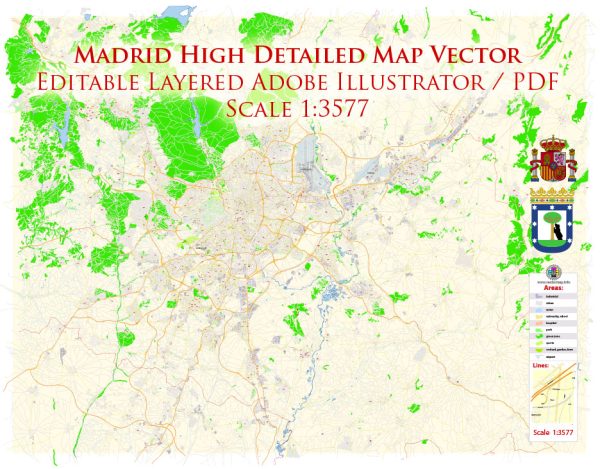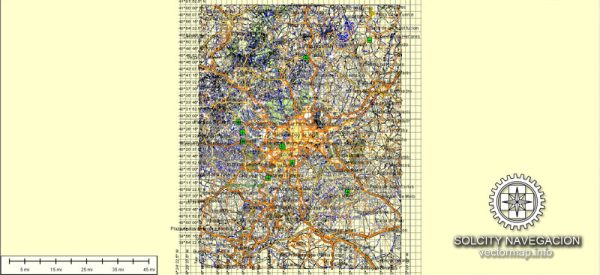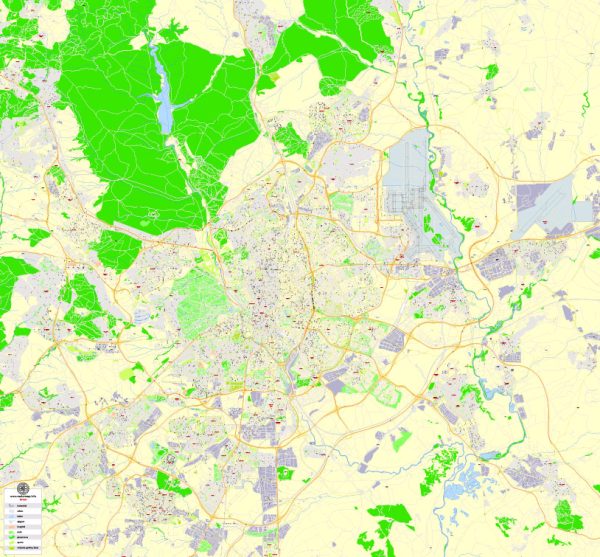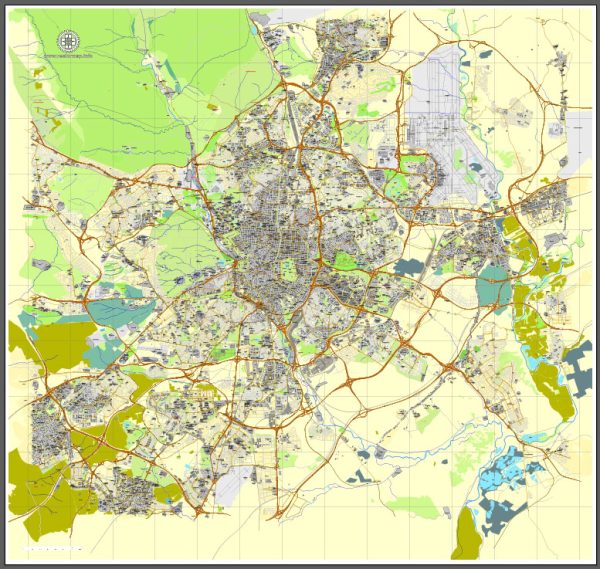Madrid, the capital and largest city of Spain, has a rich history of urban development that spans centuries. The city’s evolution reflects a blend of architectural styles, cultural influences, and socioeconomic changes. Here is a brief overview of Madrid’s history of urban development:
- Medieval Origins (9th-15th centuries): Madrid’s origins can be traced back to the 9th century when it was a small fortress under Muslim rule. It became a Christian city in the 11th century and gradually developed as a market town. During the late medieval period, the city started to grow around the Plaza Mayor and Puerta del Sol, which are still central points in modern Madrid.
- Habsburg Madrid (16th-17th centuries): The Habsburg dynasty left a significant mark on Madrid’s urban development. King Philip II moved the capital from Toledo to Madrid in 1561, which led to increased importance and growth. The Plaza Mayor was redesigned, and important buildings such as the Royal Palace and the Almudena Cathedral started to take shape. The layout of streets in the historic center reflects the planning from this period.
- Bourbon Madrid (18th century): The arrival of the Bourbon dynasty in the 18th century brought about further changes. The Royal Palace, designed by architects like Juan Bautista Sachetti and Francesco Sabatini, became a symbol of the city’s grandeur. The construction of the Prado Avenue and the expansion of the city beyond its medieval walls were also notable developments during this era.
- 19th Century and Modernization: The 19th century saw the demolition of the city walls and the construction of wide boulevards, such as the Gran Vía, which became a major commercial and entertainment hub. The expansion of the railway network and the industrial revolution contributed to Madrid’s growth as an economic and administrative center.
- 20th Century: The Spanish Civil War (1936-1939) had a profound impact on Madrid. After the war, the city underwent reconstruction and modernization. In the second half of the 20th century, urban development projects transformed the cityscape, with the construction of new neighborhoods and infrastructure.
- Contemporary Madrid: In recent decades, Madrid has continued to evolve as a cosmopolitan metropolis. Modern architecture, including the Cuatro Torres Business Area, reflects the city’s contemporary identity. Urban renewal projects, green spaces, and efforts to improve public transportation have shaped the city’s current landscape.
- Cultural and Recreational Spaces: Madrid boasts numerous cultural institutions, museums (such as the Prado Museum, Reina Sofia Museum, and Thyssen-Bornemisza Museum), and recreational spaces like Retiro Park, contributing to its vibrant urban culture.
Throughout its history, Madrid has adapted to changing political, social, and economic circumstances, resulting in a diverse and dynamic urban environment that showcases the city’s resilience and cultural richness.





 Author: Kirill Shrayber, Ph.D.
Author: Kirill Shrayber, Ph.D.